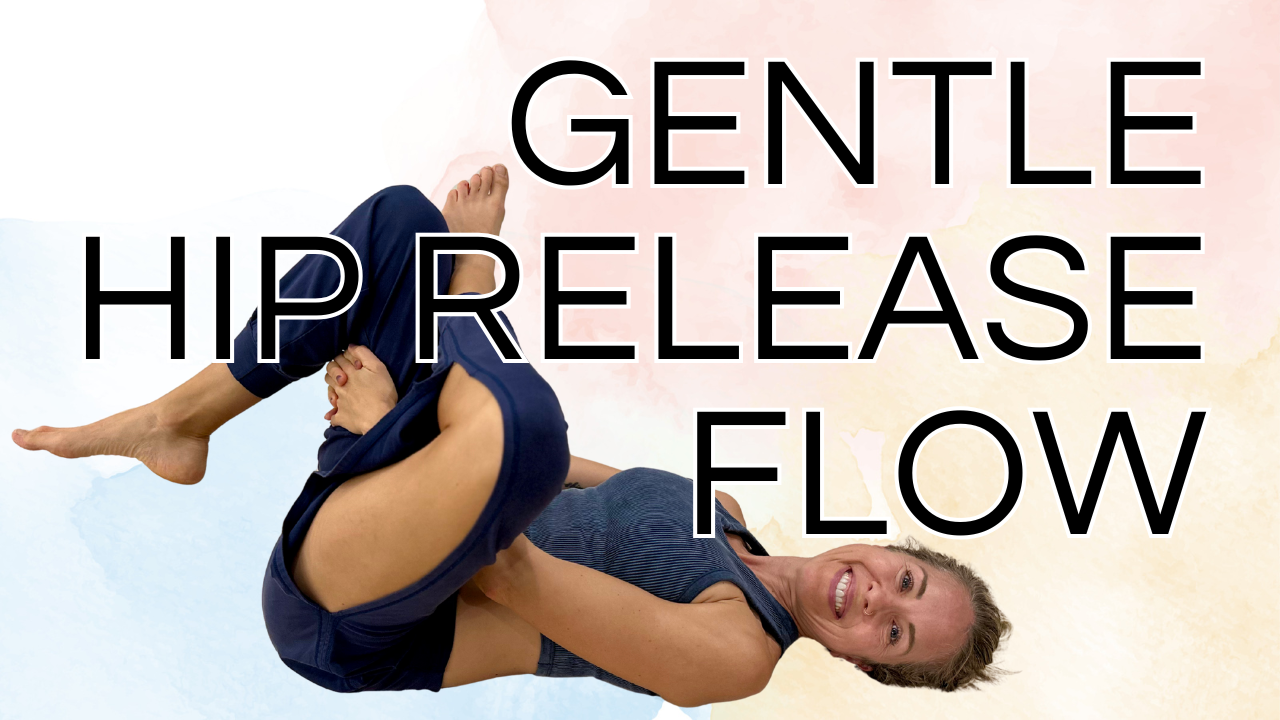Womb and Bladder Lift Exercise for Pelvic Support

If you’ve ever felt heaviness or a dragging sensation in your pelvic area, you’re not alone. Many people experience symptoms of pelvic organ prolapse, bladder descent, or uterine shifting. While there’s no one “magic cure,” gentle exercises can help support your ligaments, fascia, and connective tissues — creating more lift and balance from the inside out.
In this video, I guide you through a simple womb and bladder lift exercise. It looks gentle on the outside, but it can be surprisingly powerful when done consistently and within the context of a holistic total-core strengthening and lifestyle program.
👉 Watch the video tutorial below, and try it with me step by step:
How the Exercise Works
-
Start lying on your back with your knees bent, feet on a slippery surface (like socks on a wood floor).
-
Place your hands on your pubic bone, gently drawing upward toward your belly button.
-
As your legs slowly slide down, continue lifting your hands toward your navel.
-
Hold and breathe, creating a subtle energetic and physical lift of the womb and bladder.
-
Optionally, massage around the diaphragm to release tension and improve circulation.
Why It Helps
Your uterus and bladder are supported by ligaments and fascia that connect to your pelvis, sacrum, and even the inside of your belly button. These tissues can weaken or tighten unevenly, contributing to feelings of pressure or descent. Through dynamic tension and release of these structures with movement and breath, you increase circulation, lymph flow, and support for the pelvic organs.
This exercise isn't about stretching or strengthening per se; it's more of a gentle lift and repositioning of the pelvic organs through the ligamentous and fascial connections inside the abdomen and pelvis. It can also be an excellent exercise to incorporate for gentle scar tissue release and movement of stagnant energy!
**It's important to note that this exercise isn't a quick-fix solution; rather, it should be done as part of a comprehensive fitness and lifestyle program that helps you build strength and body awareness SAFELY, over time, to help you manage your prolapse. Working 1:1 with a physical therapist is helpful, or for at-home support, my Lift for Prolapse Relief program is ideal. Get the first week of Lift for free HERE.
Try It Consistently
This technique is safe, gentle, and can be done daily. Many people notice improvements in pelvic comfort, bladder lift, and overall lightness after practicing for a few weeks.
✨ If you’re experiencing a dropped bladder or uterus, this simple exercise may become a supportive part of your daily self-care. Try it daily, alongside a holistic pelvic wellness program such as "Lift for Prolapse Relief."
Ready to take your pelvic health to the next level? I go beyond basic exercises and guide you through mind-body-lifestyle strategies for lasting relief.
WORK WITH ME:
Offering online pelvic wellness courses, live events, retreats, and in-person care.
💖 Do you have pelvic tension or pain, or bladder frequency (feeling like you always have to go)? Take my free pain MASTERCLASS and consider my Overcome Pelvic Pain program.
💖 Do you have pelvic organ prolapse, or do you leak urine when you cough or sneeze? Get my free PROLAPSE GUIDE and consider my Lift for Prolapse Relief program.
💖 Live events + see me in-person: www.briannegrogan.com/events
Does your pelvic floor need help?
Many women think they just need live with the changes they’re experiencing
“down there,” but this is NOT the case. Take the short quiz to find out if you have issues that can be solved naturally.







